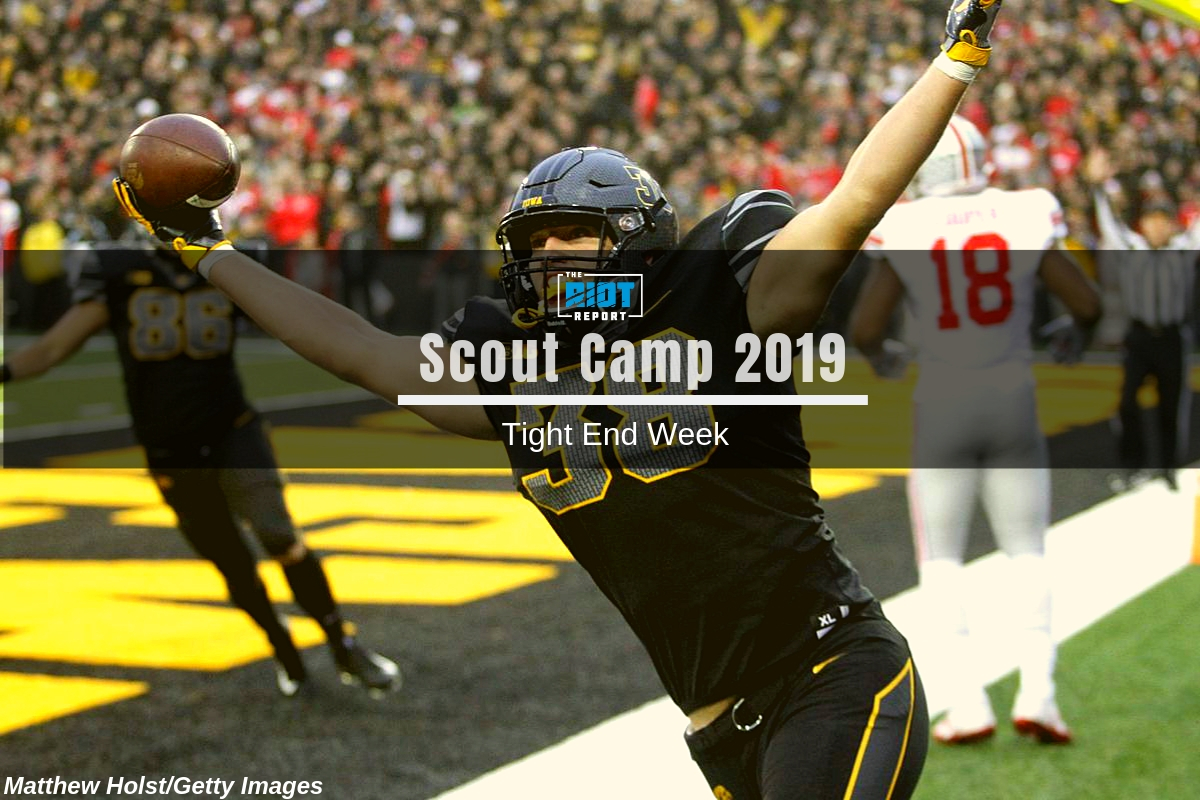With both #WideReceiverWeek and #LinebackerWeek now in the rear view mirror, we can turn our attention to the tight ends, and while it would be surprising to see the Panthers invest much draft capital in the position given the play of Ian Thomas last season and the hopeful return from injury of Greg Olsen, nothing can be ruled out altogether and even if the Panthers don’t take a tight end, it is useful to know what is out there and how this might affect how other teams approach free agency and the draft.
Before we dive into the Big Board, take a listen to our latest episode of The Great British Drafting Show, where we run down the tight end position and what to expect from Thomas, Olsen and the newly-minted-with-a-contract Chris Manhertz.
So what does the 2019 tight end class look like?
First Some Housekeeping
Before we look at the tight end board itself, I think it is worthwhile to briefly go over how I look to evaluate tight ends. As with every position group, I do not take off-field concerns or medical history into account as these are factors I do not feel qualified to assess. All these evaluations, therefore, are based exclusively on publicly available tape – but what skills are important for a tight end?
Obviously, it is nice to see basic athletic traits such as speed, power and agility, but while having these characteristics will give a prospect a high ceiling, they need to show a high level of technique as both a blocker and a receiver in order to make use of this athletic potential in the NFL.
From a blocking point of view, players need to use their hands effectively by locating them inside the frame of the defender in question and keeping their arms straight with the strength to prevent the defender from being able to shed the block. They also need to be able to control their block, especially in space, which means keeping their weight over their feet, their pad level down and setting a wide enough base to avoid whiffing on blocks. Finally, as a pass protector, they need to show the lateral agility to cover the edge without sacrificing inside position – with an ideal blocker also showing read-and-react hand usage to keep defenders off their frame.
As a receiver, players need to show the ability to release off the line against press – though this isn’t something that most tight ends will have faced in college; plus they’ll need to be able to separate down the field as a route runner. The ability to catch the ball is also quite useful and things like after-catch ability and ability in the air are nice to see but aren’t going to be the foundation of a well-rounded prospect.
Having said all that, what does the big board look like?
Up Next: The Big Board



